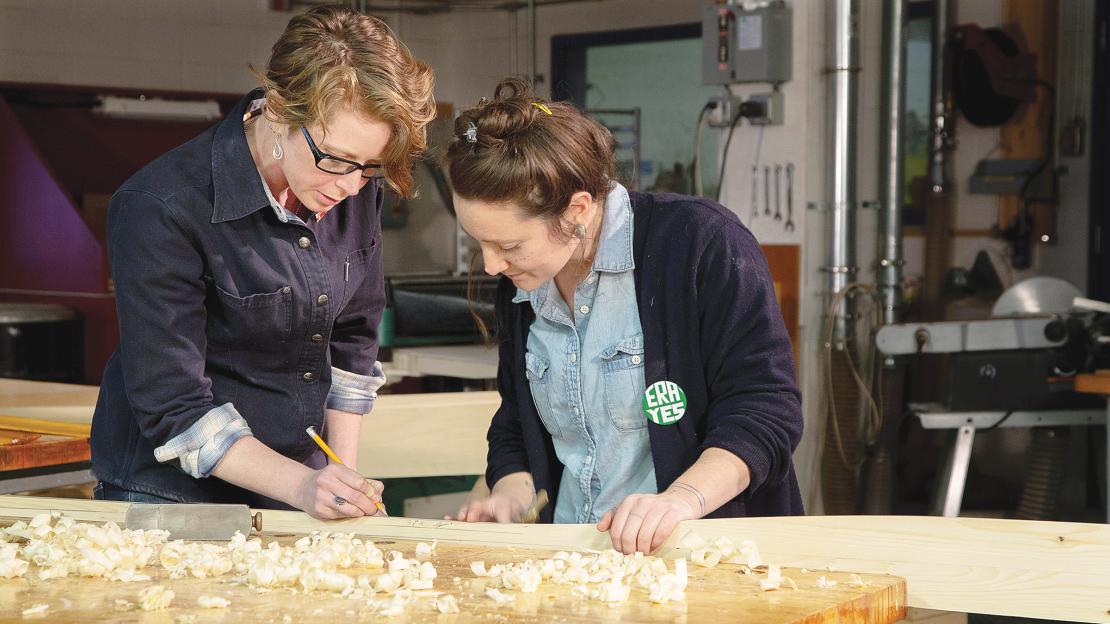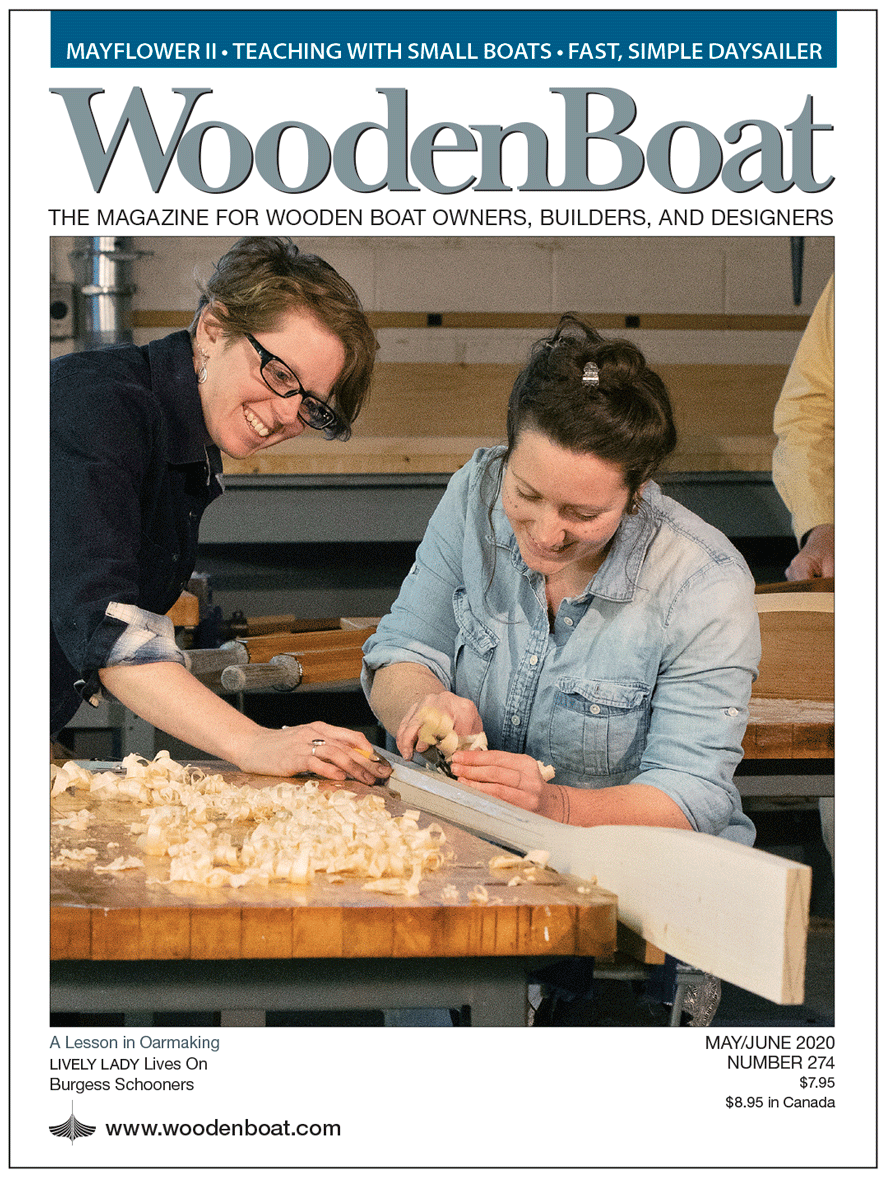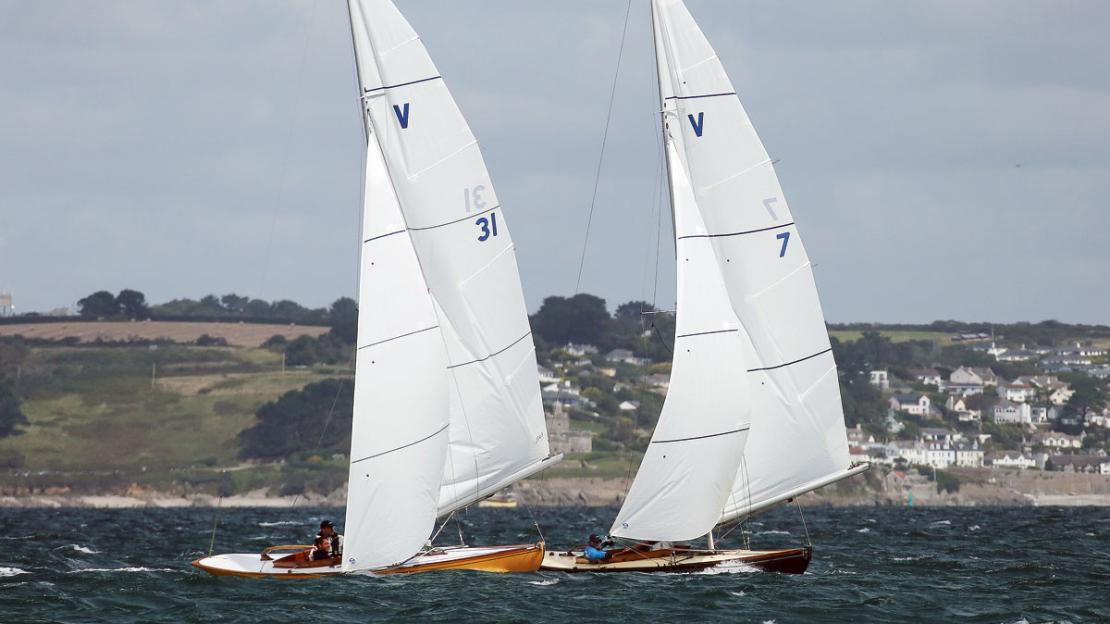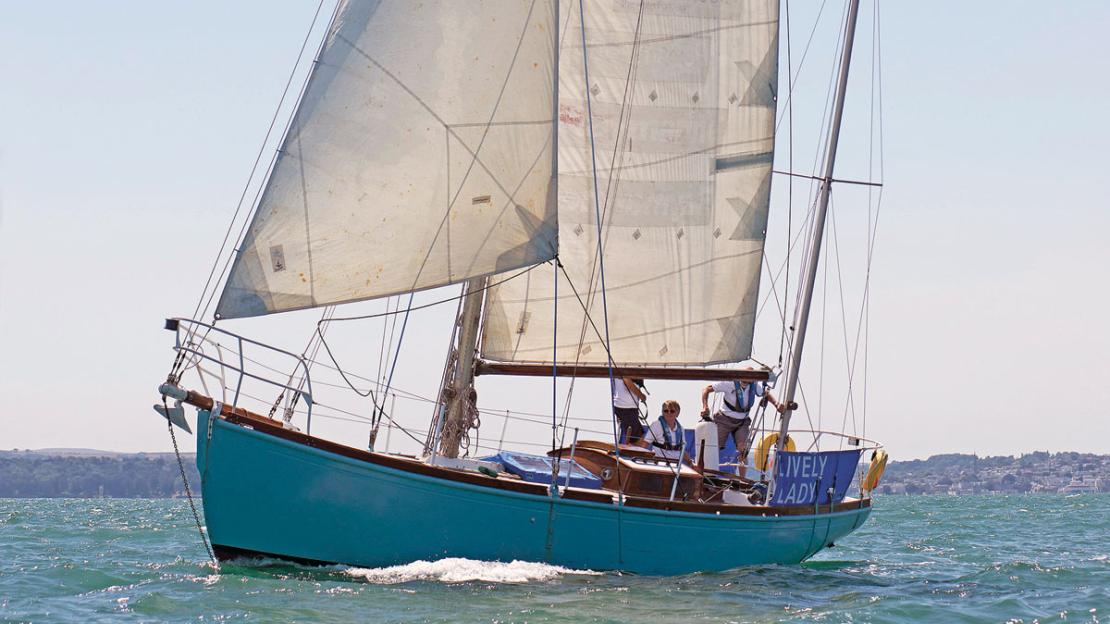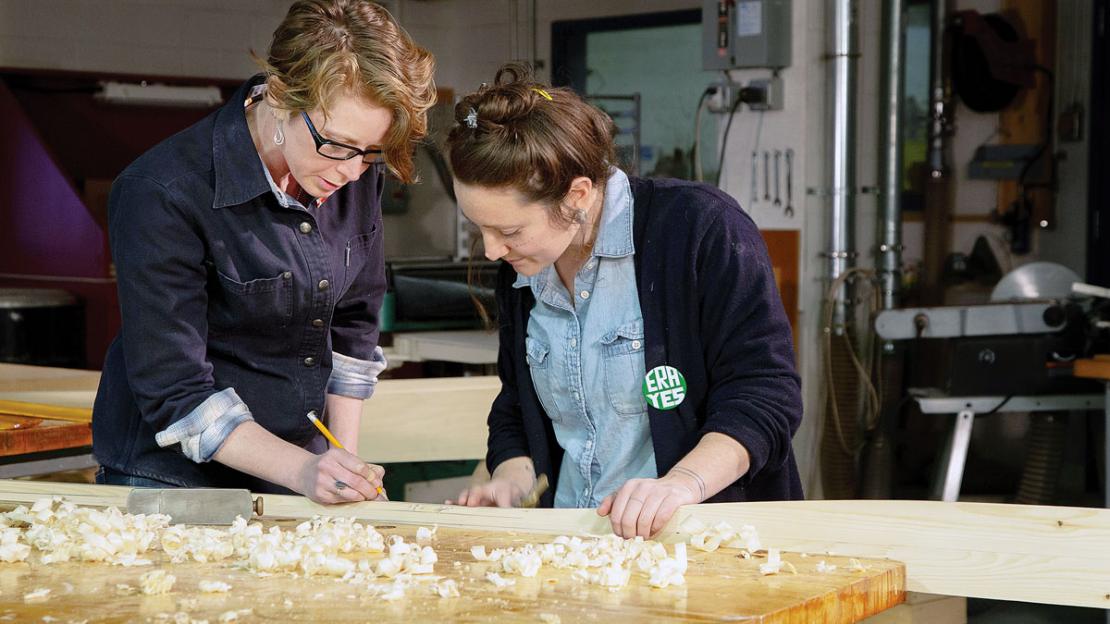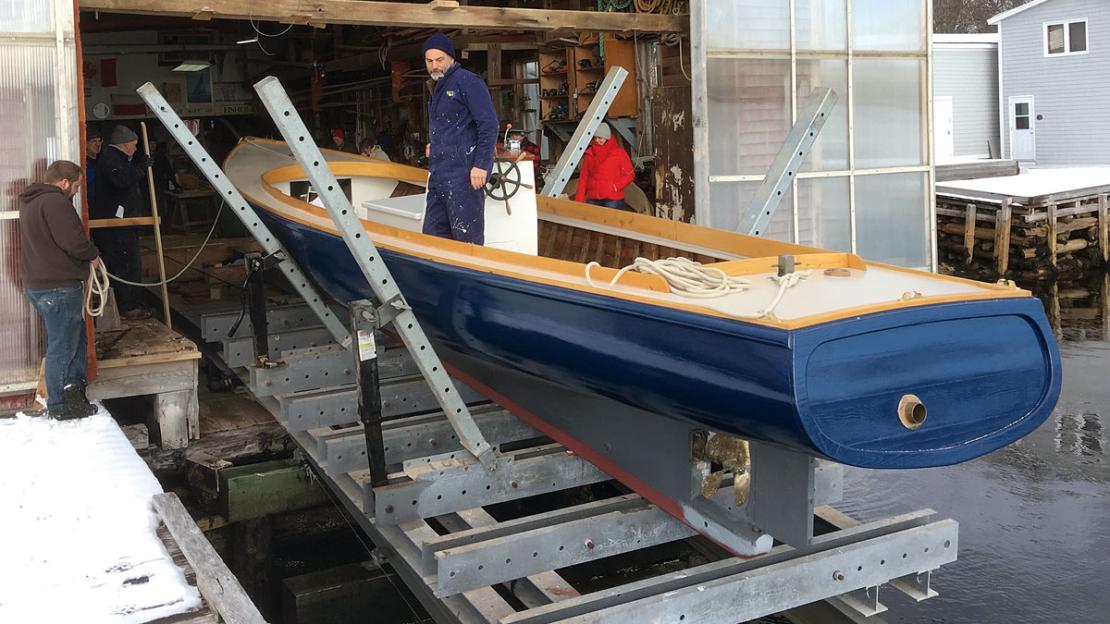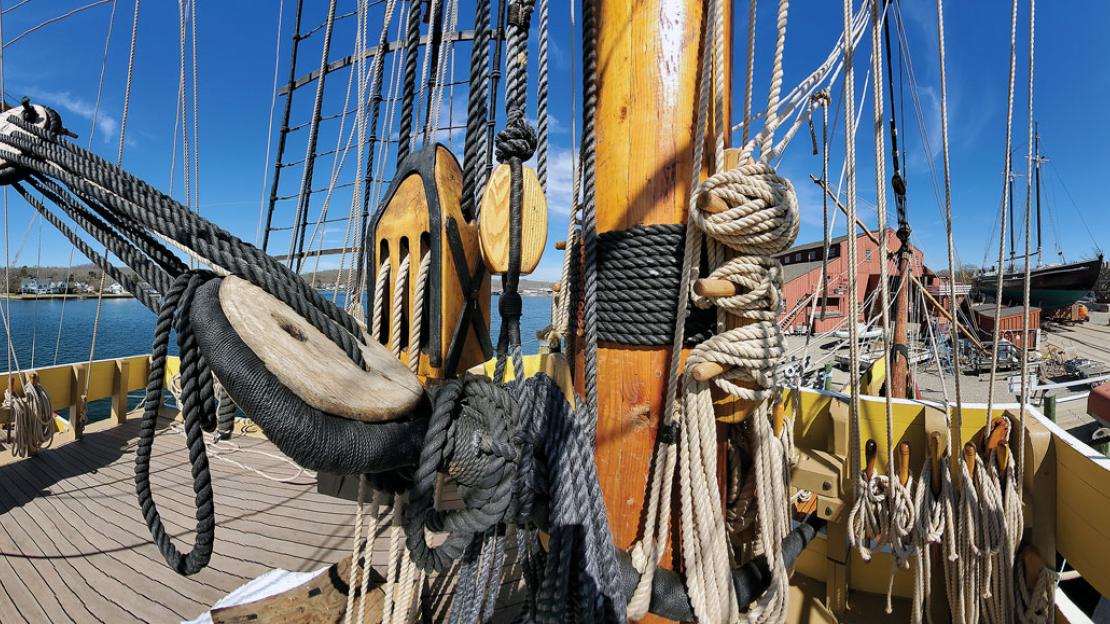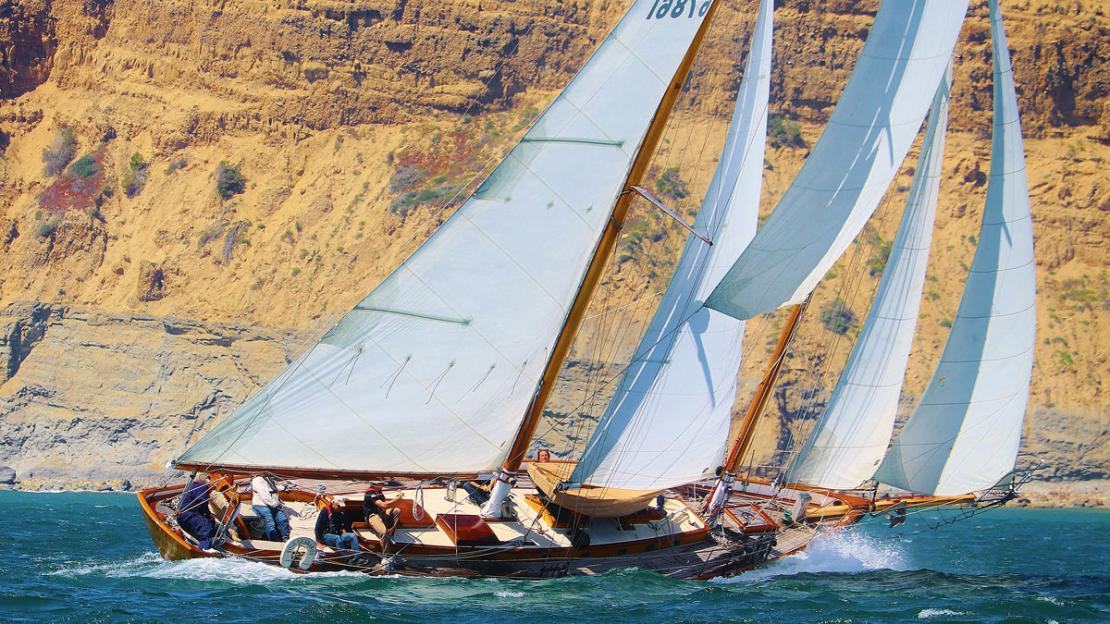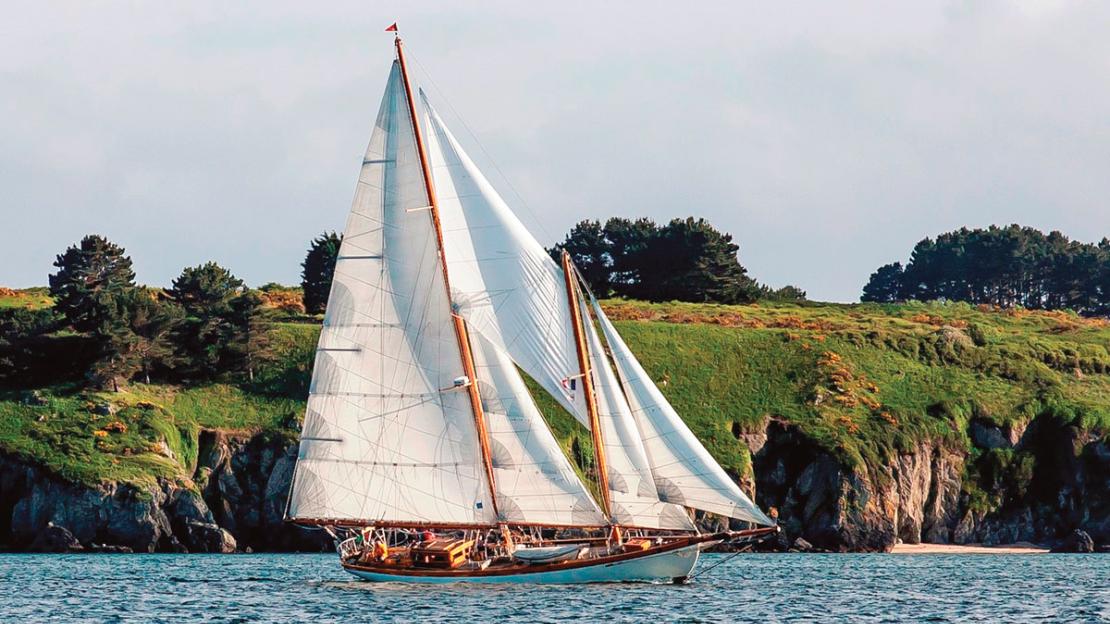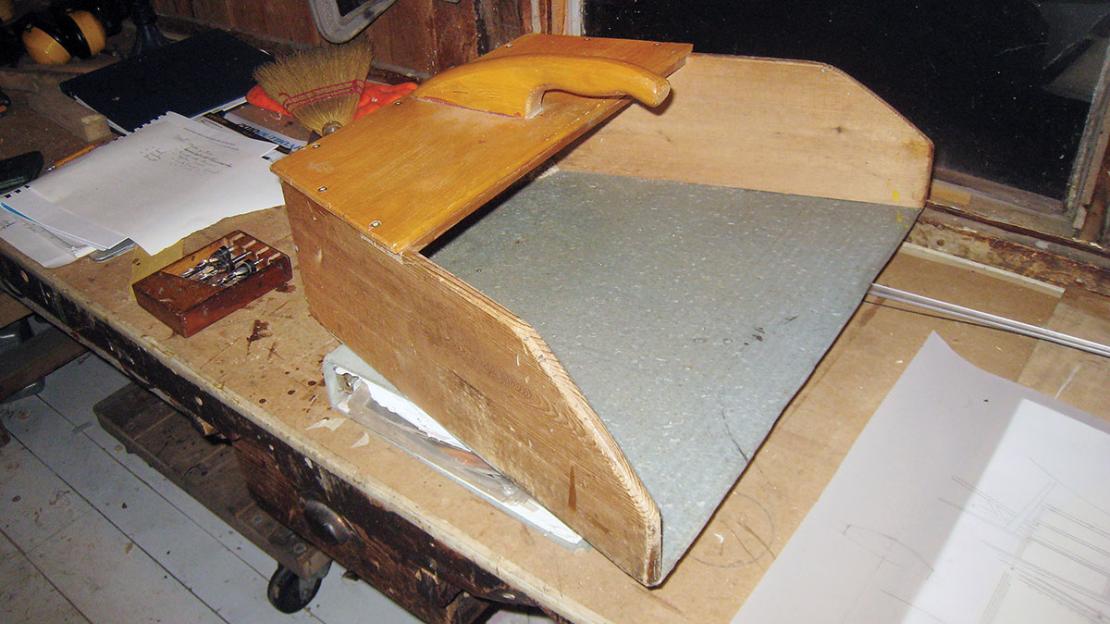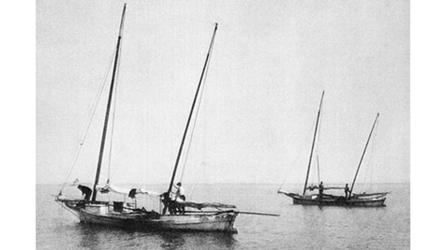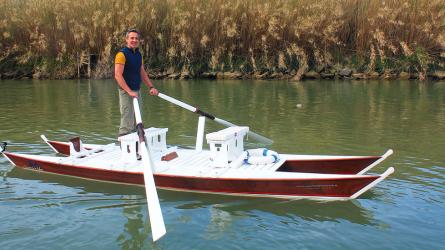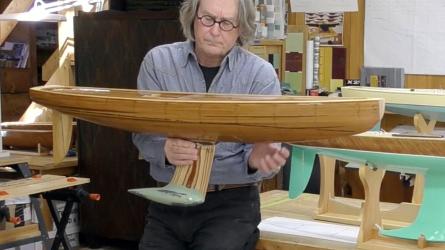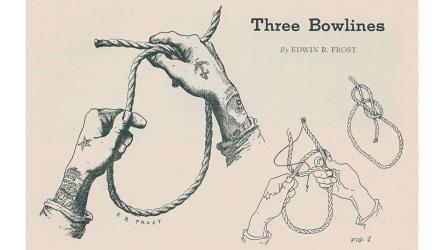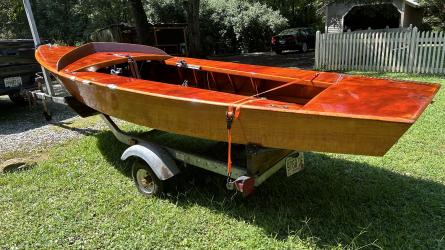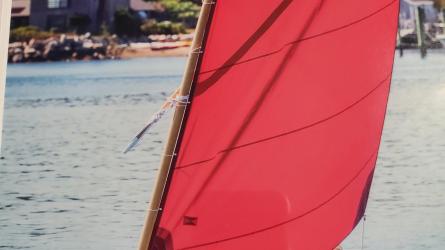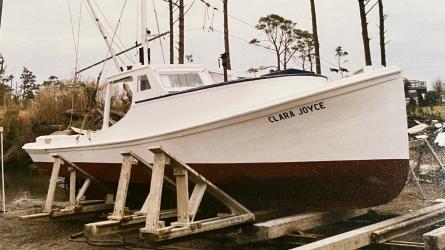No Keyboard Required
On the cover of this issue, Maine Maritime Academy instructor Molly Eddy is showing student Zoe Ciolfi some of the finer points of oarmaking. Molly and Zoe are using a process worked out by Molly’s colleague Andy Chase, who, a few years ago, set out to make a pair of oars for his dinghy. After some trial and error, he came up with a process that allows him to use lumberyard-sourced spruce 2•6s for oar blanks. The blanks are glued up from four sections, allowing most knots to be avoided, and allowing warping tendencies in each of those four sections to cancel each other. As a bonus, the glue lines resulting from gluing up the blank provide handy references when shaping the oars (see page 48).
While we’d all like to have oar blanks of flawless spruce, Andy’s process opens up stacks of readily available, relatively inexpensive lumber to oarmaking—and perhaps to small-boat sparmaking, too. And it speaks to a long heritage of innovative resourcefulness in the building, repairing, and using of wooden boats—a theme that echoes throughout this issue.
Consider the cutter LIVELY LADY (page 40). In the late 1960s, Alec Rose, an English grocery-store owner, sailed solo around the world in this modest 36' wooden yacht. LIVELY LADY was designed by Fred Shepherd, a prolific designer in the 1930s and ’40s. Rose’s and LIVELY LADY’s feat has, over the decades, been eclipsed by that of her more affluent compatriot: Sir Francis Chichester in his purpose-designed and -built yacht GIPSY MOTH IV. But Rose, a man of guileless humility, was a national hero in his day; indeed, he was bewildered when an estimated 250,000 people turned out to welcome him and LIVELY LADY home. (There is a captivating video posted to YouTube of that event. You can watch it here: bit.ly/wblivelylady)
The 32' inboard center-console boat that for most of her life was known simply as “Randy’s boat” is similarly purposeful and modest—as was her original owner (page 58). The boat was recently named RANDY B upon her relaunching, and her current owner, David Peill, who is the builder’s grandson and who was part of the rebuilding team, says, “This type of boat was the pickup truck of the region [Nova Scotia], when there were no cars. They were used for everything from hauling cattle to going to church on Sundays.” RANDY B is a scaled-down version of a 36-footer that, upon the end of her working life, donated her engine to this new boat. That engine, a Chevrolet 235, powered trucks and cars throughout North America through 1950s. Because of some good fortune—and because of his skill and appreciation of that engine—David was able to rebuild it and reset the hour-meter to zero as it begins its third career. Resourcefulness, indeed.
And, finally, there is the humble dustpan whose construction Harry Bryan details on page 87. Yes, you can buy a dustpan online for not a lot of money, and have it delivered to your door in a matter of hours—and throw your cedar scraps into the woodstove. There is, in fact, good financial logic for doing so if you put a price tag on your every hour. But consider Peter Neill’s summation of his experiences aboard Randy’s Boat more than two decades ago: “It was an exciting and marvelous adventure, authentic and provident—an experience now so rapidly being lost to all of us in our so-called modern world.” A dustpan such as Harry’s isn’t entirely about the dustpan. It’s about the conscientious use and appreciation of resources—a small step toward an awareness that what we need is often truly at our fingertips, with no keyboard required.

Editor of WoodenBoat Magazine
